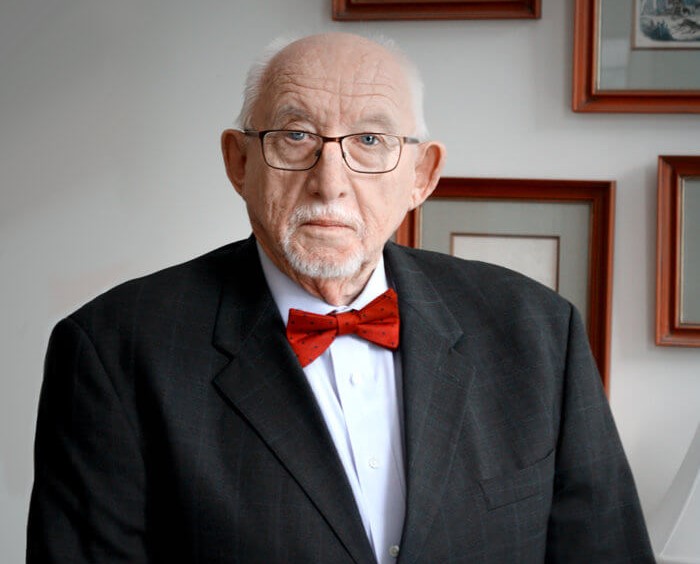Honorary AEJ member Llewellyn King has this reminder in his ongoing commentaries on journalism in America.
King has reported for decades from Washington and is founder and executive producer/host of the White House Chronicle news and public affairs tv program on PBS in the USA.
Old journalism is coming in shiny new wrappers – Llewellyn King
If you know what is going on in Gaza, it is because a journalist told you.
If you know Health and Human Services Secretary Robert F. Kennedy Jr.’s latest comment about autism, it is because a journalist told you.
If you know that there was a tsunami off the coast of Indonesia, it is because a journalist told you.
If you know that Taylor Swift and Travis Kelce are planning to marry, it is because a journalist told you — in print, over the air or on the web.
Yet when “the media” is discussed, you would think that what is essential isn’t journalism, but rather the means of delivery. The death of newspapers is high on the woeful list.
I am a newspaperman through and through. Although I have been involved, often simultaneously, with broadcasting, my heart and soul are in newspapers.
I first set foot in a newsroom when I was 14 — and I left part of me there.
I learned a lot about hot type in my youth, and I love the mechanics of newspapers. At The Washington Post, where I had a roving assignment, I often worked on “the stone,” where the type was put in the pages by artisans of extraordinary skill.
But that has gone. Hot type is history. If you want to savor it, tour the Museum of Printing in Haverhill, Massachusetts.
Sadly, I must confess that no printed newspaper is delivered to my home every day. I subscribe to the digital versions of four newspapers, four magazines and several online-only outlets, and I suffer jabs of guilt when I sit before a computer screen.
Nearly all major newspapers and many smaller ones have online editions. The largest ones are grabbing much of the subscription money.
That is a repeat of what happened in big cities toward the end of the golden days of words printed on paper: The winners took all.
The New York Times drove out the Herald Tribune. The Washington Post drove out The Washington Star and The Washington Daily News.
In the case of printed newspapers, those with just a slightly larger circulation corralled all the advertising. Today’s chances are that those with a greater offering will drive out those with a robust offering, but not as dominant as, say, The Times.
Big newspapers have adopted the paywall as the model for the future, and others have had to follow. It will be a pity if that prevails.
A better model would be a pay-to-read arrangement where you join a collective such as Visa or MasterCard and pay for what you want to read. That would provide a stable future for journalism and enable much of the innovation that is going on to be on a sound financial footing.
There is innovation aplenty in how the precious commodity, journalism, is brought to you.
The magazines have morphed into something more: They have become daily newspapers with their emailed editions. The New Yorker, The Economist, The Atlantic and The Spectator have taken this path, among others. Even Vanity Fair has an emailed edition.
Additionally, British newspapers have invaded the United States with some spritely email offerings. The Daily Mirror, The Independent, The Guardian and The Daily Mail are among them.
Then there are many new entries of purely internet vintage. These include but aren’t limited to the leaders, Axios and Semafor — although Axios, with revenues of over $100 million, is the clear winner to date.
This suggests that journalism is alive and well and that its future is online, but its revenue stream isn’t certain. One hopes that the winner-takes-all history won’t repeat itself and that a vibrant new order of journalism, tempting to talent, grows in importance. After all, at one time big cities had many newspapers; New York had more than 20 daily newspapers.
The threshold of entry for internet publishing is low. A pay-per-view rather than a paywall would establish a new golden era in which skill and talent would carry the day and where the right content would propel its authors and the publications to success.
As to my world of great presses, raging like livid monsters in the middle of night, well, there will be some for a long time. But the new carriers of that critical commodity known as journalism will carry the day.
Journalism is not dead – Llewellyn King White House Chronicle 17 October 2025








